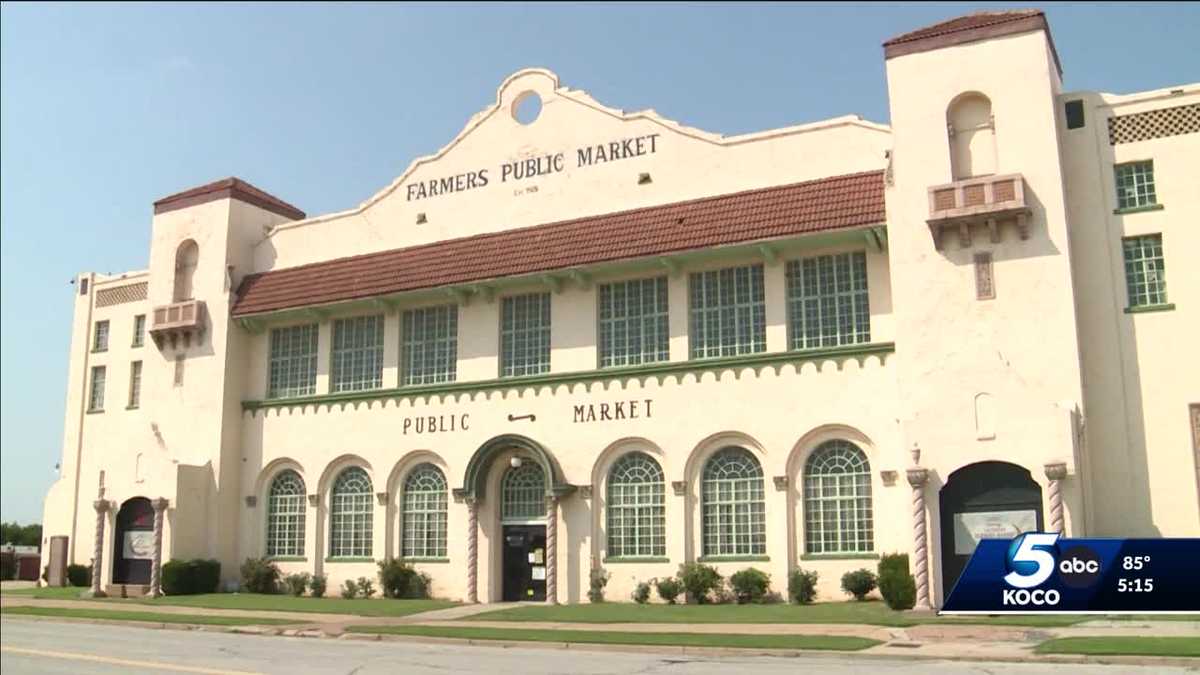Instructions

Tensions are rising in Oklahoma City's vibrant Farmers Market District as local business owners voice strong reservations about a proposed homeless shelter and food pantry planned for their neighborhood. The potential development has sparked heated discussions about community safety, economic impact, and neighborhood transformation.
Entrepreneurs and property owners in the area are expressing deep concerns about how the new facility might affect their businesses and the district's ongoing revitalization efforts. Many worry that the shelter could potentially deter customers, impact property values, and create unexpected challenges for the thriving local business ecosystem.
The proposed shelter represents a complex intersection of social services and economic development, with stakeholders on all sides presenting passionate arguments about community needs and neighborhood dynamics. Business owners are not opposing social support services outright, but are seeking comprehensive dialogue about potential mitigation strategies and community integration.
Local officials are now tasked with balancing compassionate social services with the economic interests of established businesses, making this a critical moment for collaborative community planning and mutual understanding.
Urban Tensions Rise: Local Entrepreneurs Clash Over Proposed Homeless Shelter in Oklahoma City's Vibrant Market District
In the heart of Oklahoma City's dynamic Farmers Market District, a brewing controversy is testing the delicate balance between community development, social services, and local business interests. As urban landscapes continue to evolve, the proposed homeless shelter and food pantry has ignited a passionate debate that transcends mere geographical boundaries, revealing deeper societal complexities and economic challenges.
Community Transformation Hangs in the Balance: A Critical Urban Development Crossroads
Economic Implications and Business Community Concerns
The proposed homeless shelter has sent ripples of apprehension through the local business ecosystem. Entrepreneurs in the Farmers Market District are grappling with multifaceted concerns that extend far beyond simple economic calculations. Small business owners worry about potential shifts in neighborhood perception, potential changes in foot traffic, and the broader implications for their economic sustainability.
Local merchants have expressed nuanced reservations about how the shelter might impact their carefully cultivated business environments. Some fear potential decreases in customer engagement, while others are concerned about perceived safety perceptions that could deter potential clientele from frequenting their establishments.
Urban Planning and Social Service Integration Challenges
The proposed facility represents a complex intersection of urban planning, social services, and community development strategies. City planners and social service administrators are tasked with navigating intricate challenges of providing essential support while maintaining the delicate economic balance of established commercial districts.
Urban development experts suggest that successful integration requires comprehensive, collaborative approaches that address both social welfare needs and economic sustainability. This involves creating robust communication channels between business owners, community representatives, and social service providers to develop mutually beneficial strategies.
Socioeconomic Dynamics and Community Resilience
Beyond immediate economic considerations, the proposed shelter illuminates broader socioeconomic dynamics within Oklahoma City. The debate reflects deeper conversations about community responsibility, social support systems, and the evolving nature of urban landscapes.
Community leaders emphasize the importance of empathy, understanding, and collaborative problem-solving. They argue that sustainable solutions require moving beyond binary perspectives and embracing nuanced, holistic approaches that recognize the interconnected nature of urban ecosystems.
Potential Mitigation and Collaborative Strategies
Innovative approaches are emerging that seek to address stakeholder concerns while maintaining the core mission of providing critical social services. These strategies include enhanced security protocols, regular community engagement sessions, and transparent communication mechanisms that allow for ongoing dialogue and adaptive planning.
Business owners and social service providers are exploring collaborative models that could potentially transform initial resistance into constructive partnerships. By creating structured engagement platforms, they hope to develop solutions that serve both immediate community needs and long-term economic vitality.
Legal and Regulatory Considerations
The proposed shelter's implementation involves navigating complex legal and regulatory landscapes. Zoning regulations, community development guidelines, and potential legal challenges add layers of complexity to the ongoing discussions.
Local government representatives are carefully examining the proposal, seeking to balance legal requirements with community sentiment. This process involves comprehensive impact assessments, stakeholder consultations, and rigorous evaluation of potential short-term and long-term consequences.
